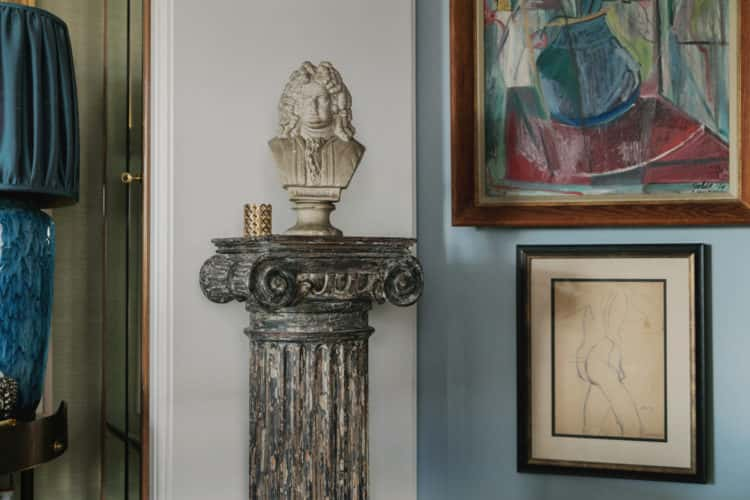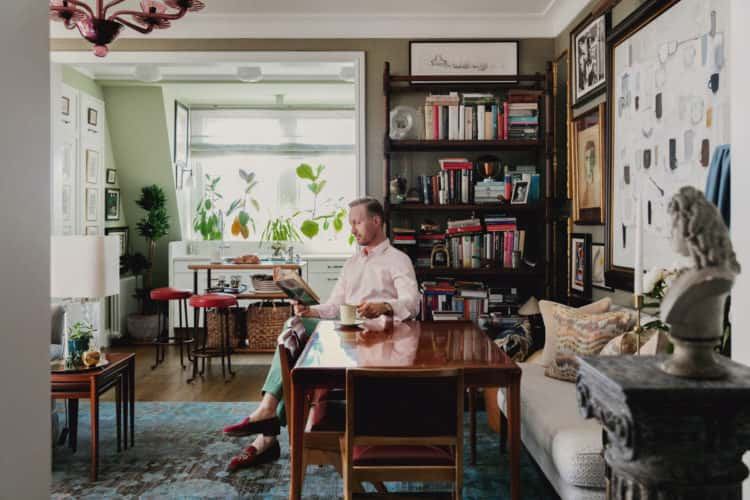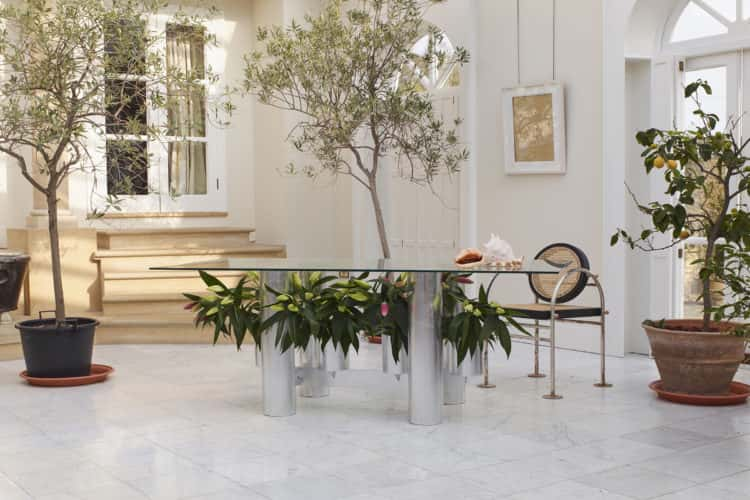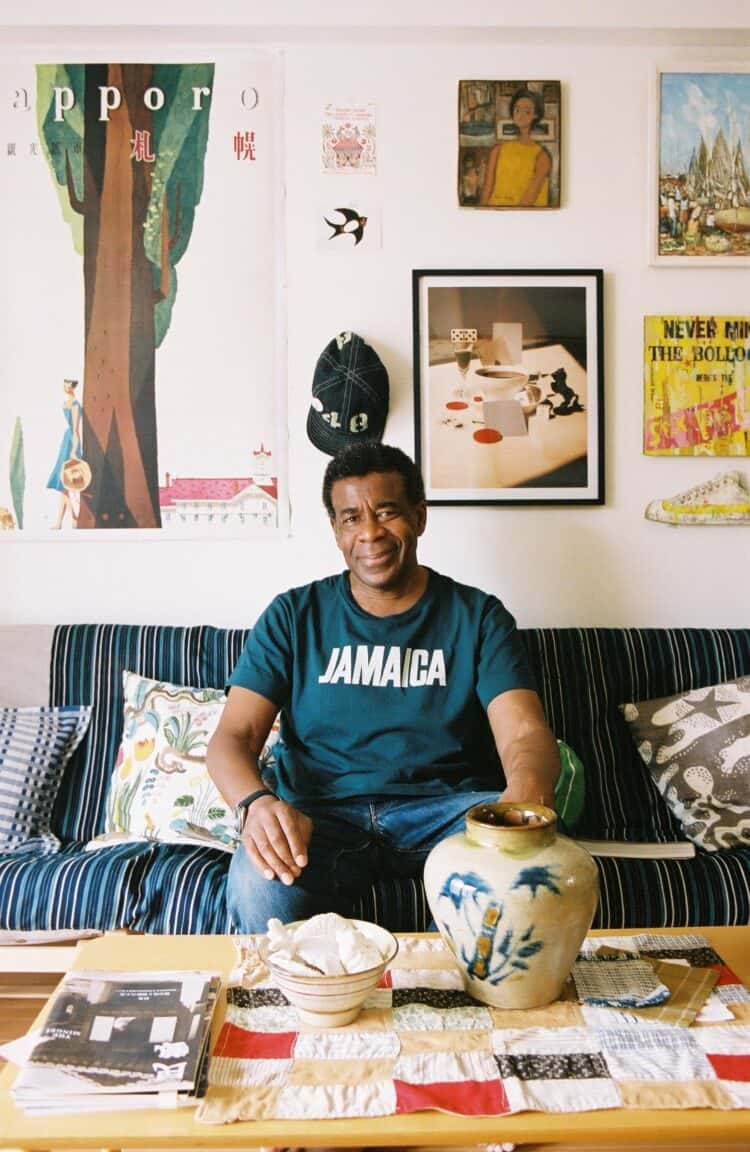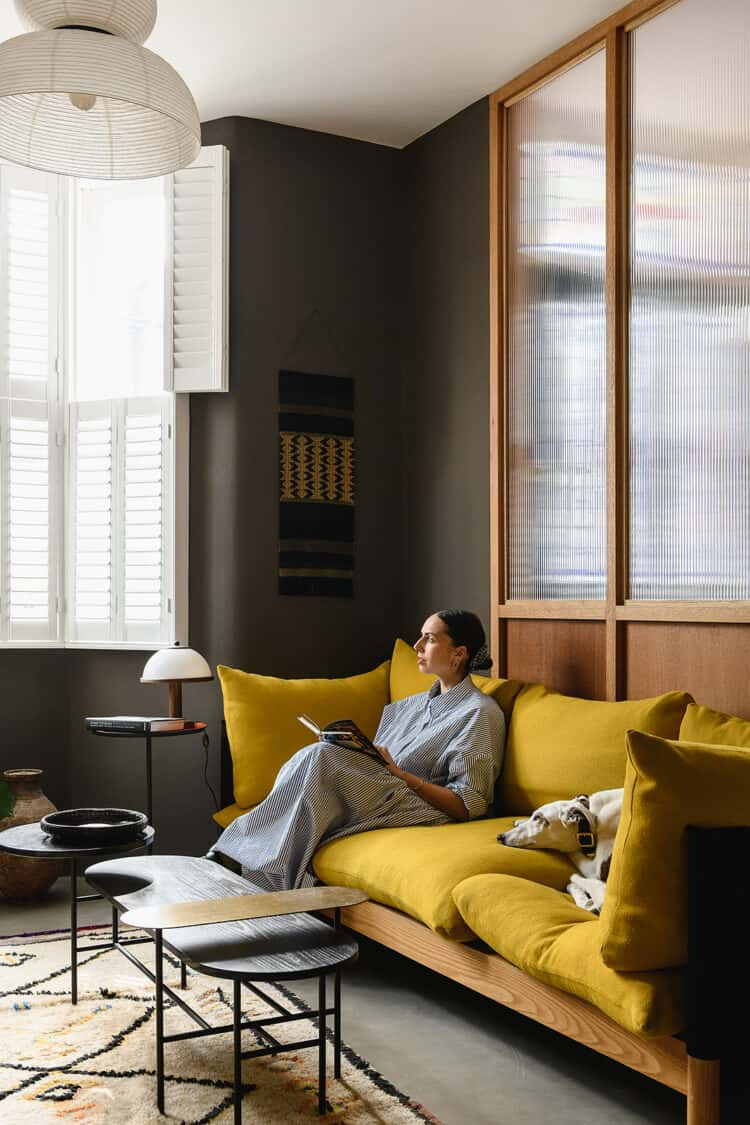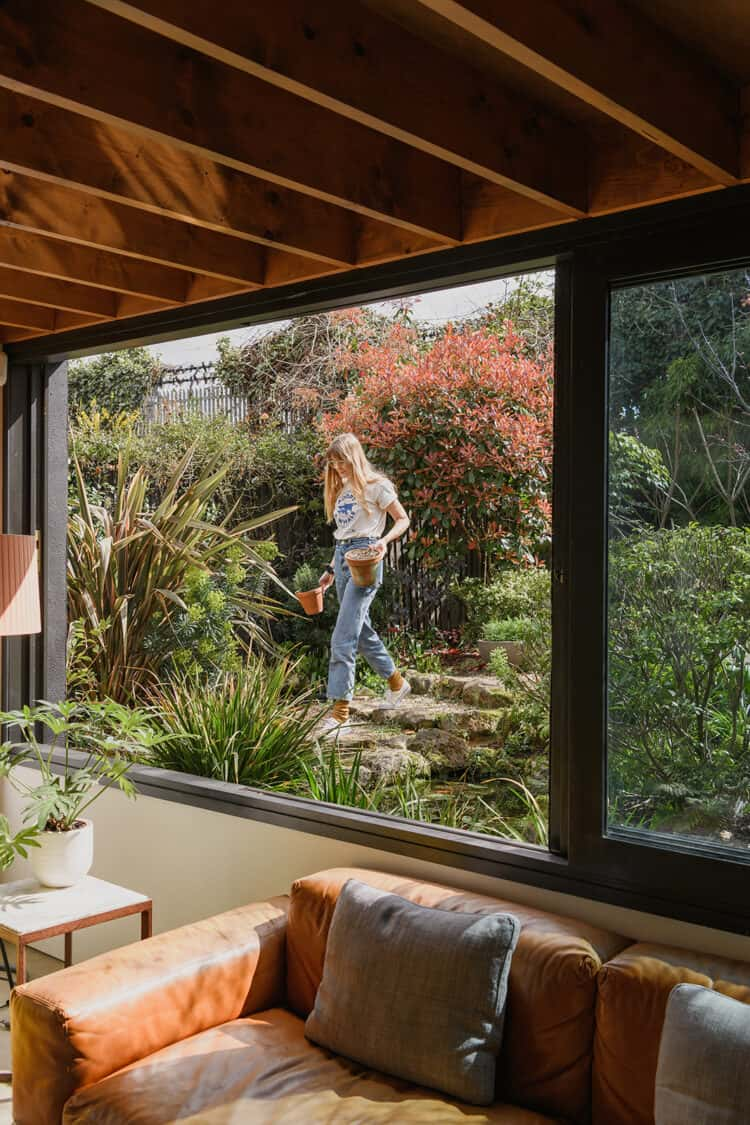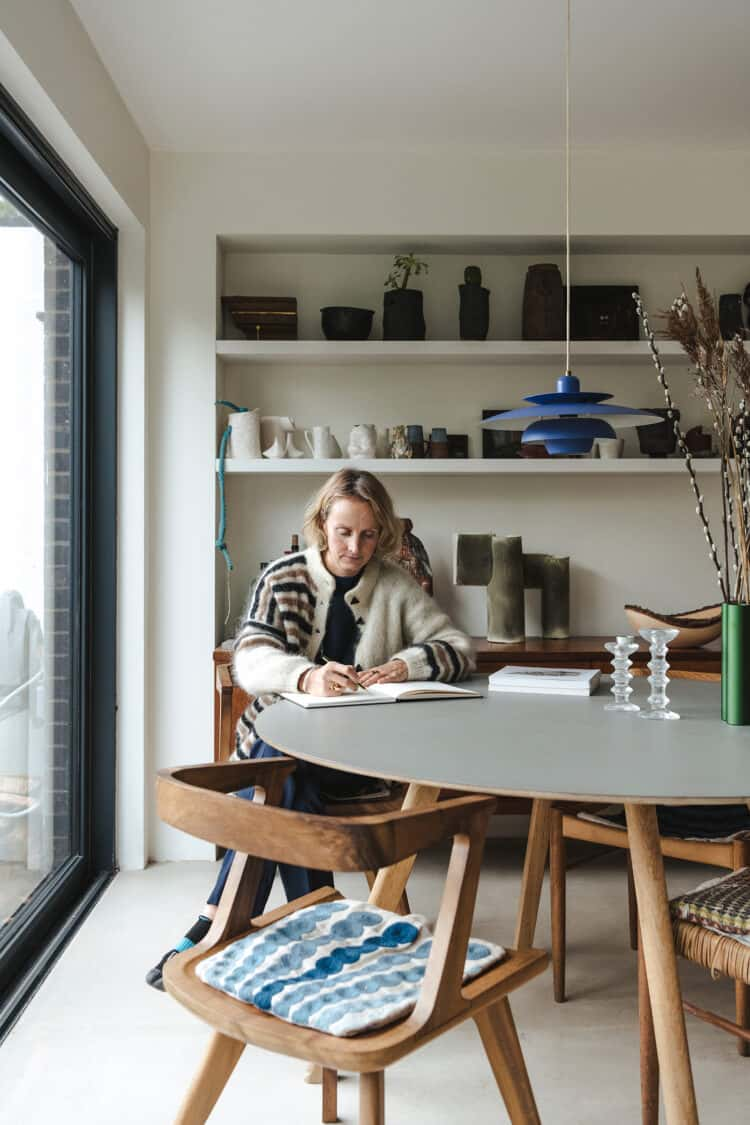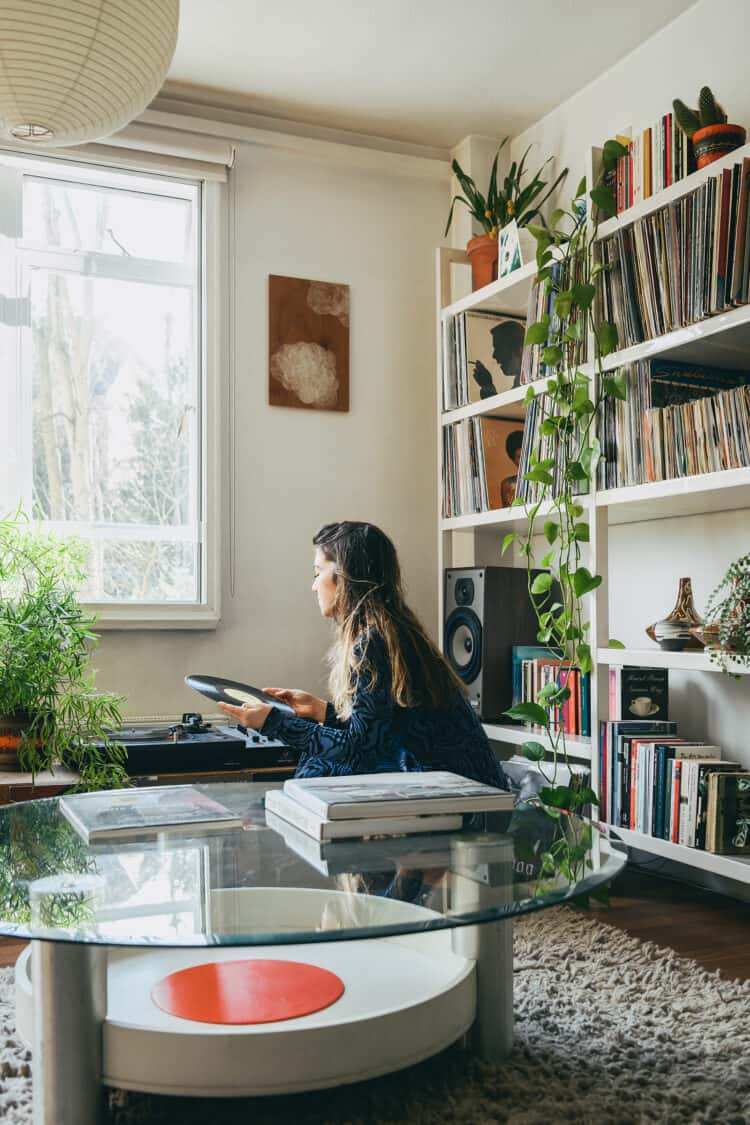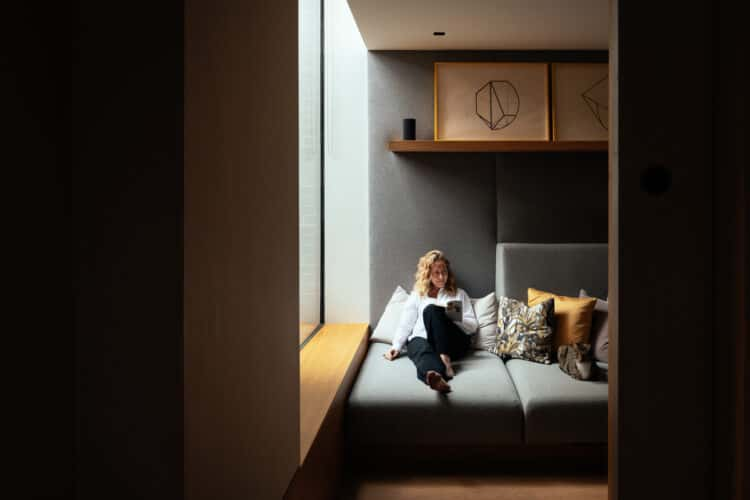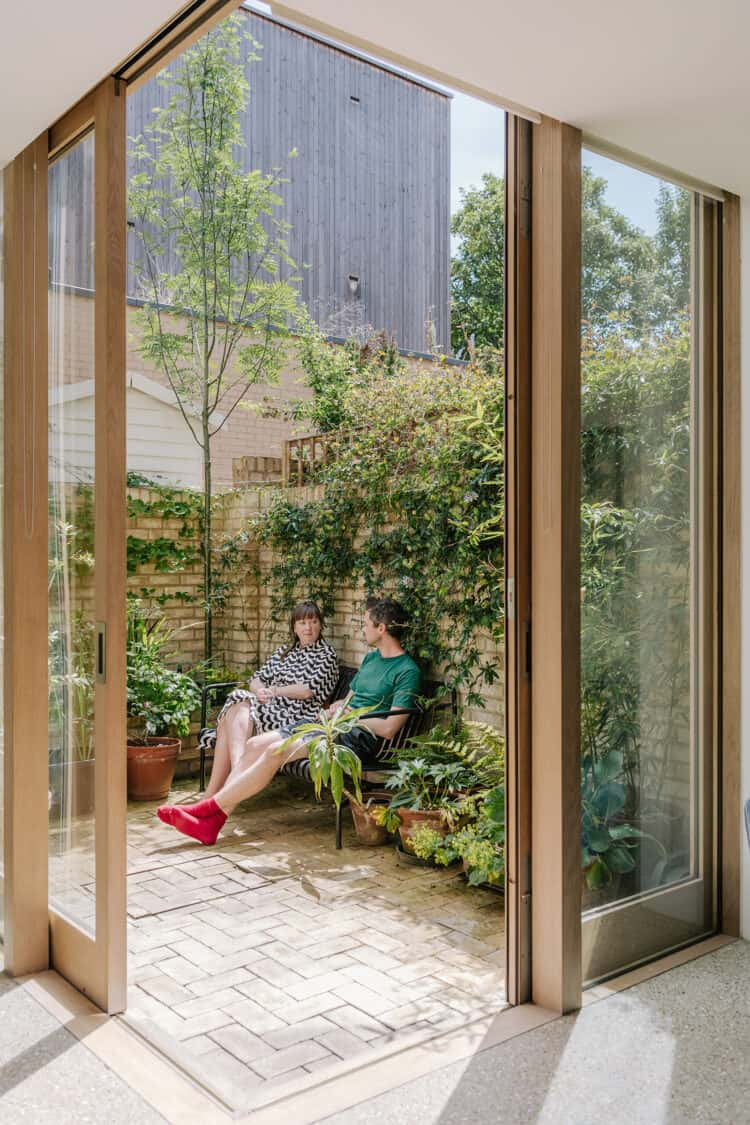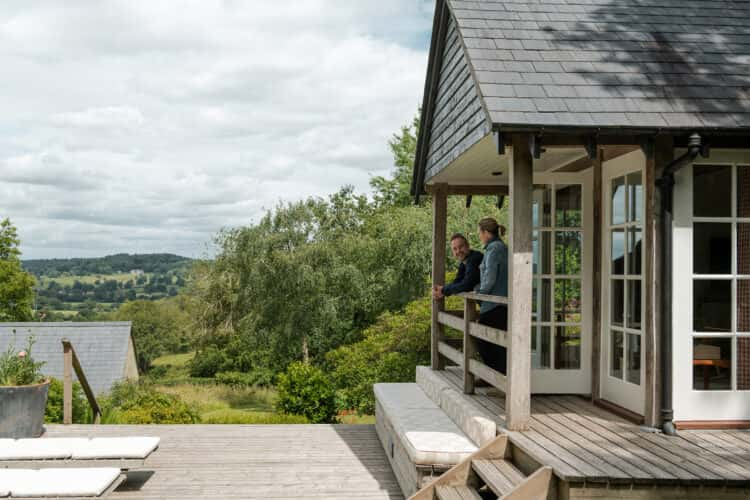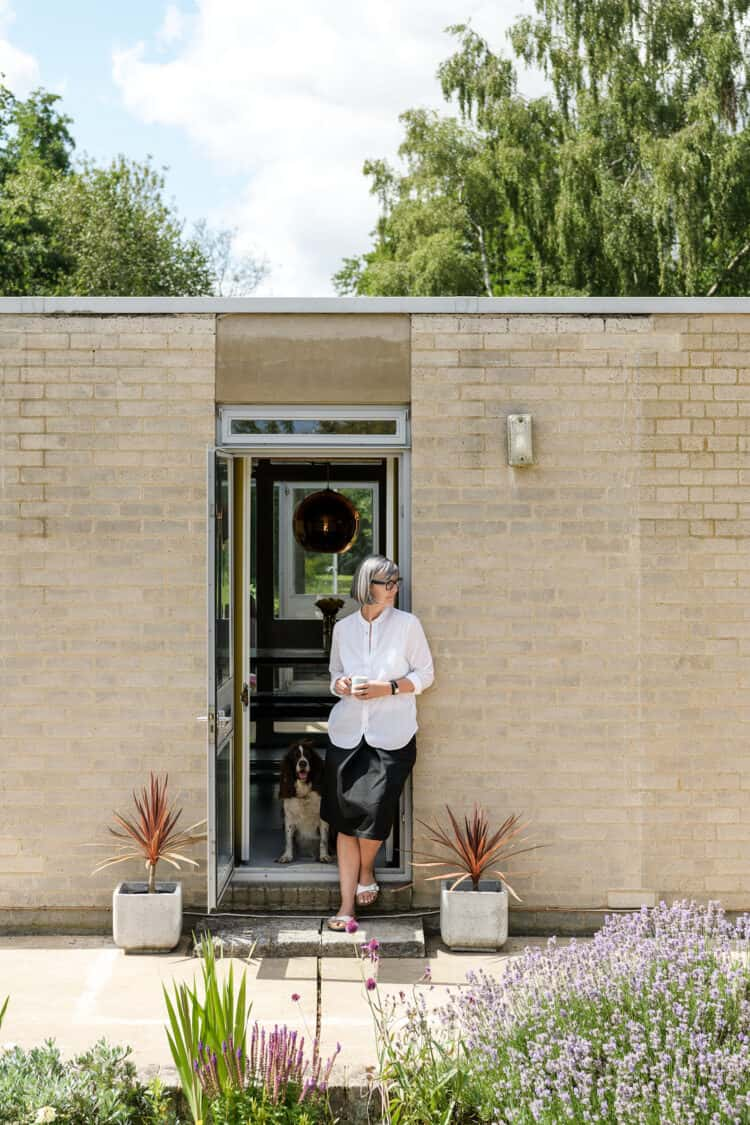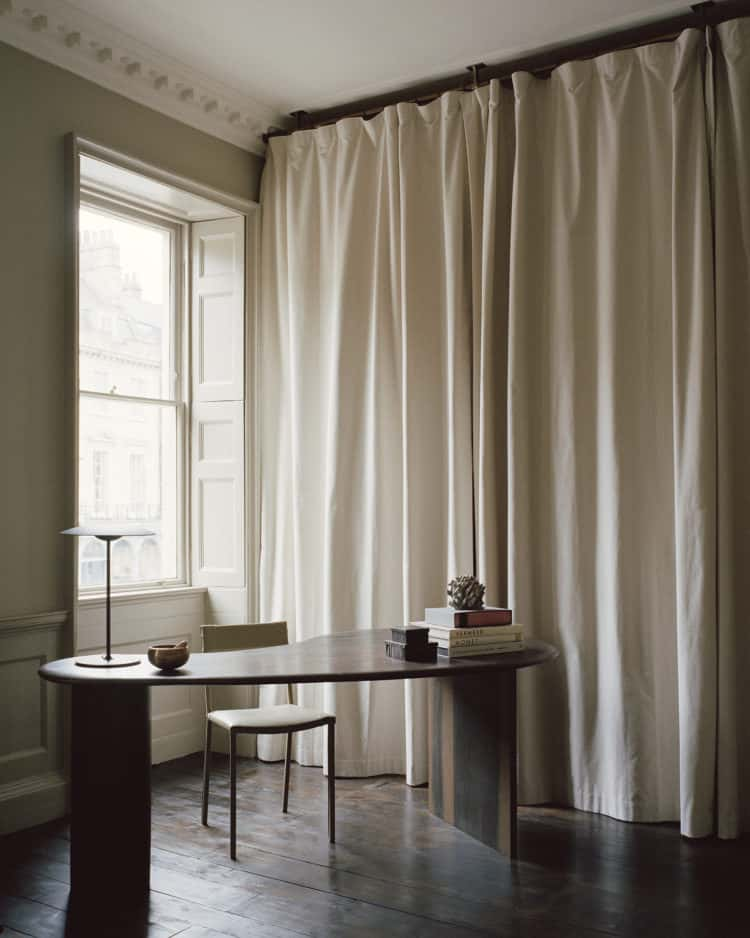My Modern House: interior designer Martin Brudnizki on colour, style and living at his west London flat
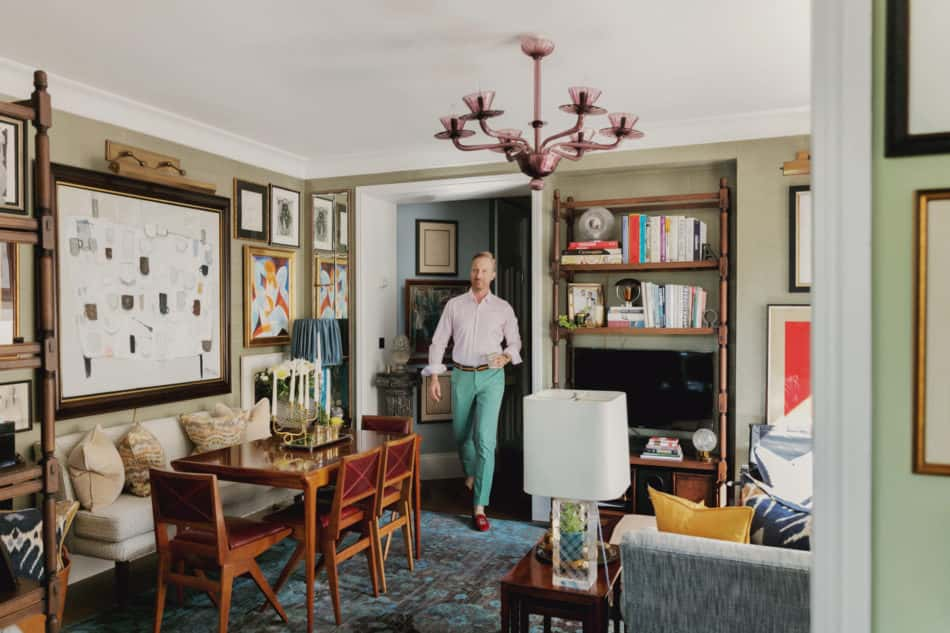
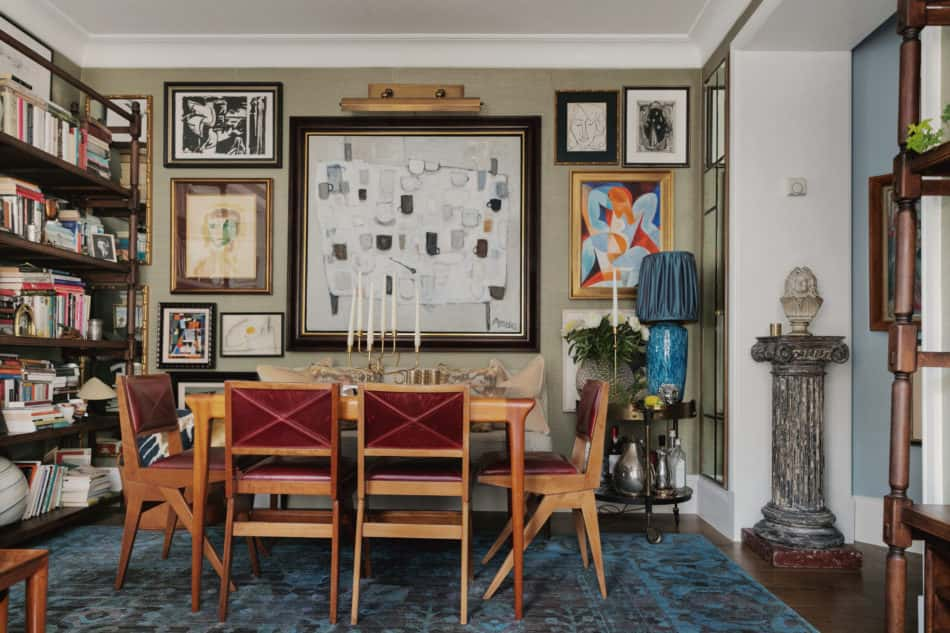
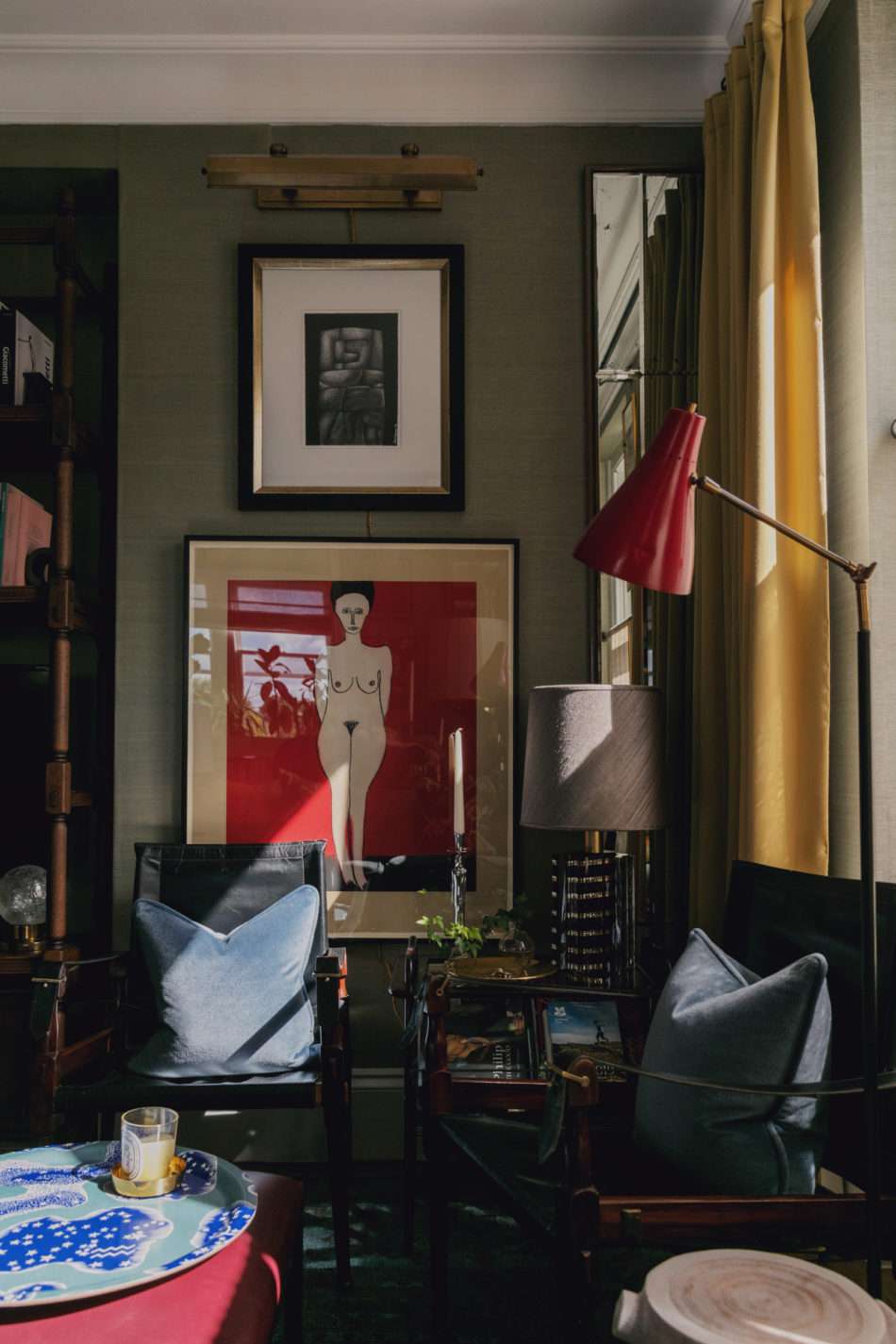
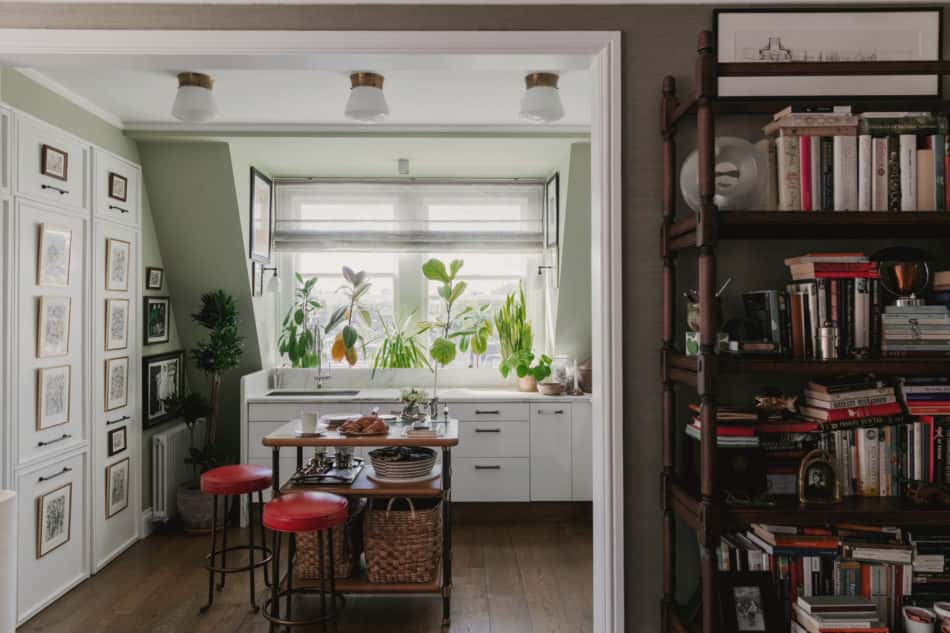
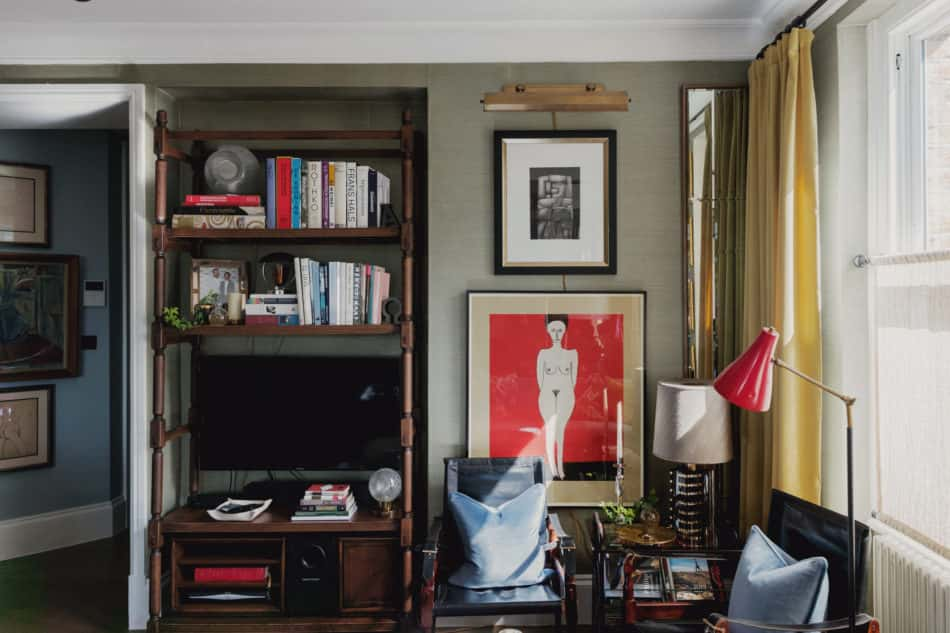
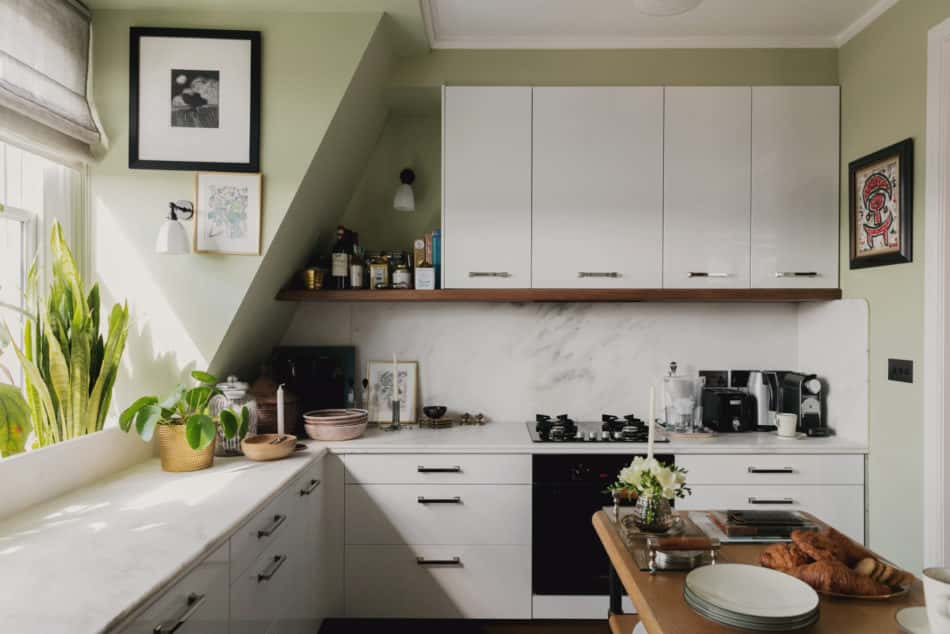
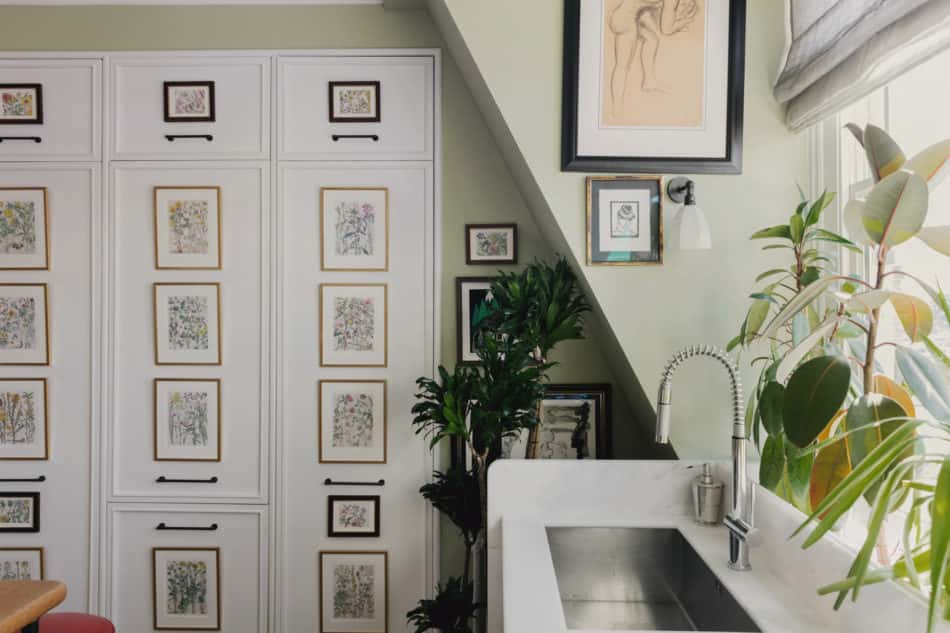
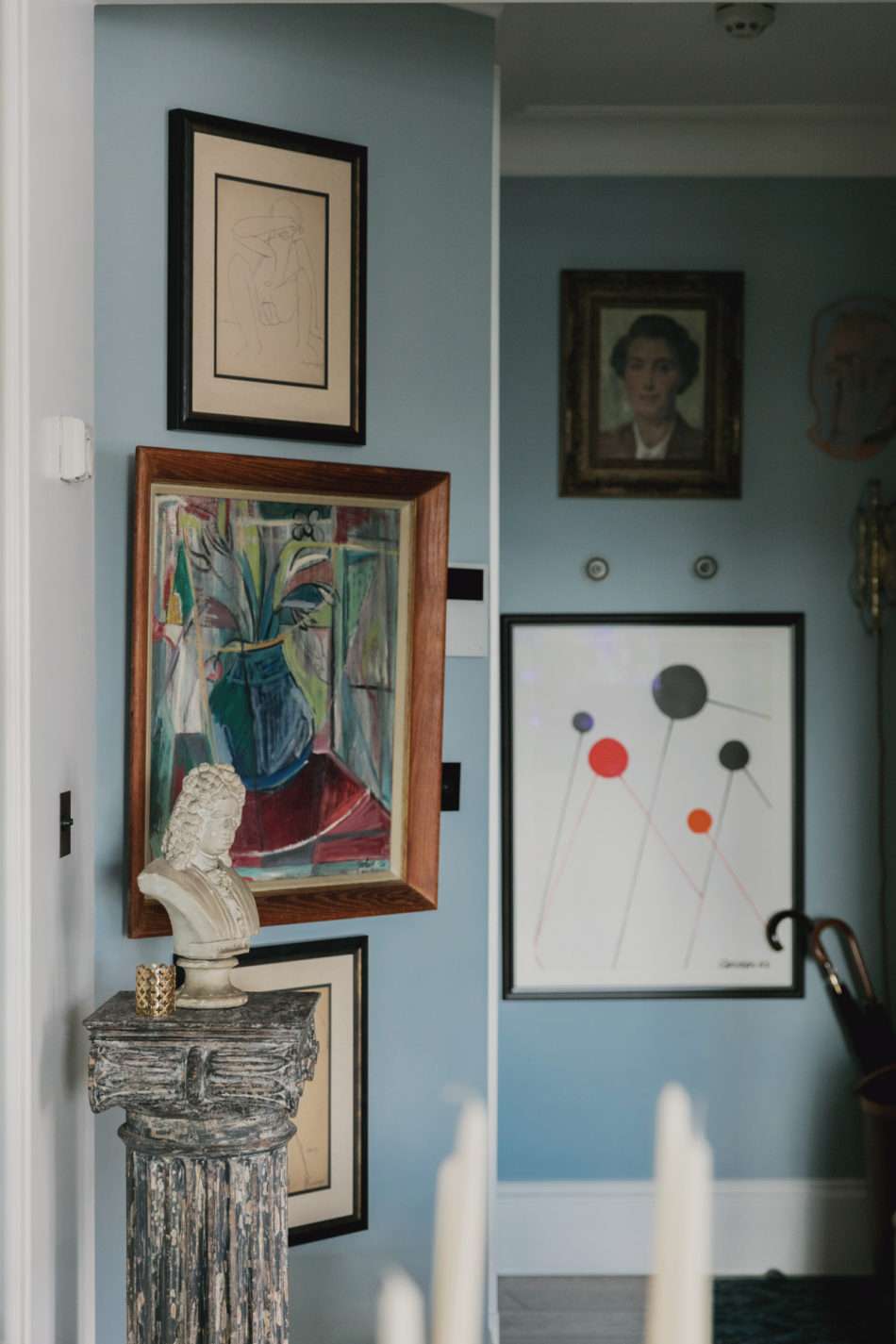
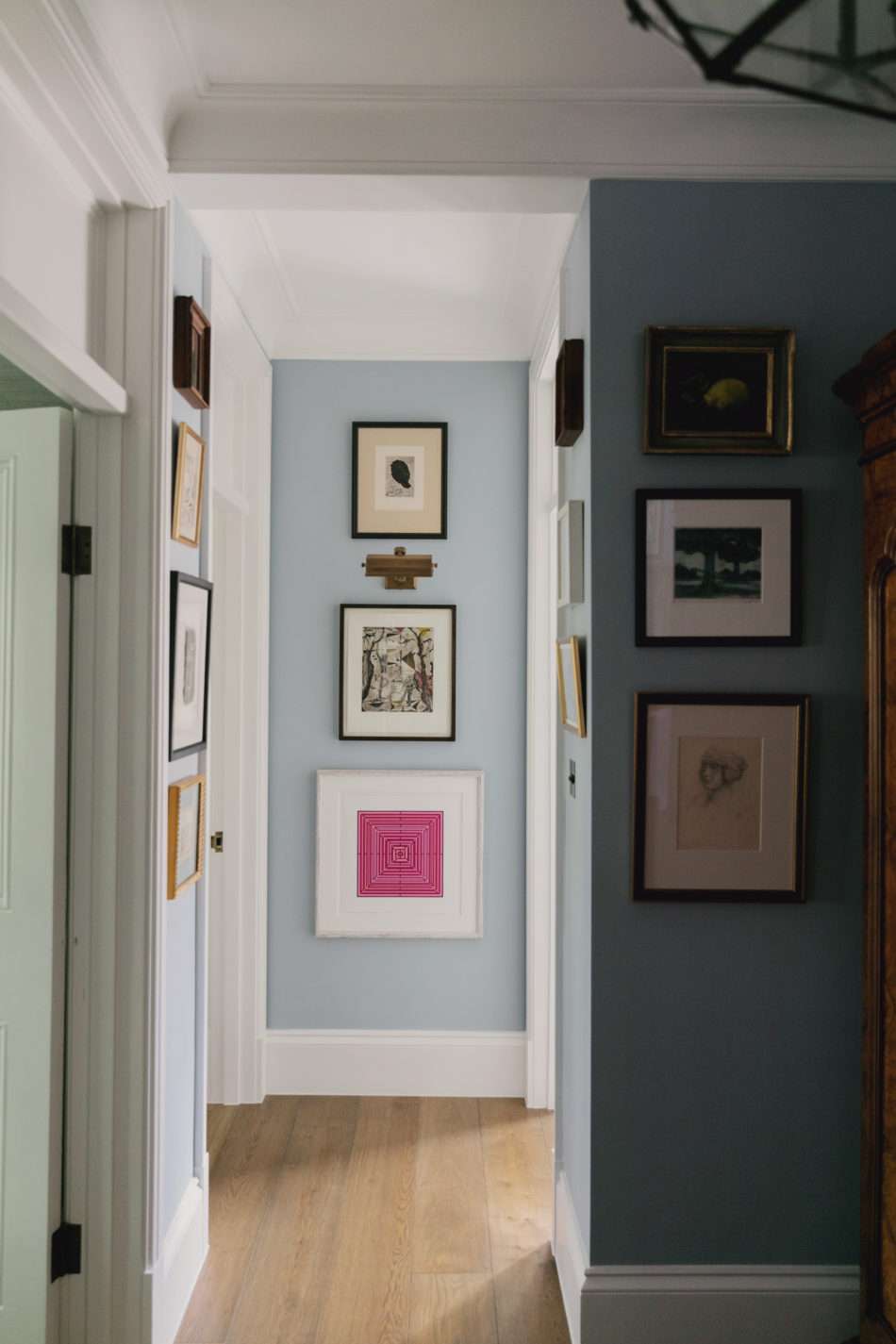
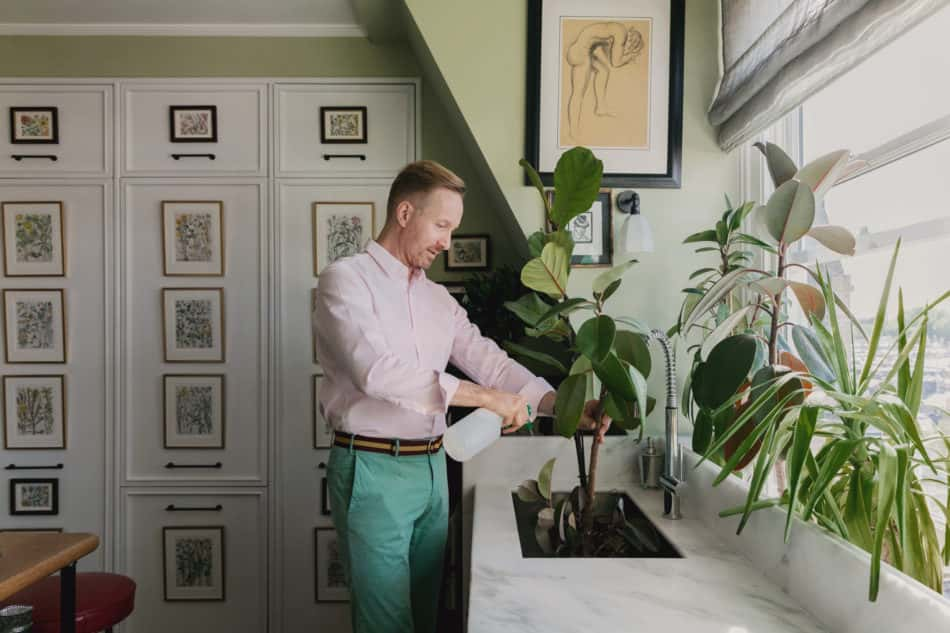
Interior designer Martin Brudnizki, the man behind some of Europe and North America’s most resplendent, big-budget signifiers of contemporary luxury, including the apotheosis of unabashed interior extravagance, Annabel’s nightclub, has a home that you might not expect.
Away from overhauling a 19th-century skyscraper into the 287-room Beekman Hotel in Manhattan or mashing up custom chandeliers, Italian glassware and bespoke seating into a vision of Venetian elegance at Harry’s Bar in London, Martin’s flat in a west London Victorian mansion block is a modestly-sized, intimate space that translates his signature brand of eclectic maximalism (a word he would not use) into a domestic setting.
We visited Martin at home to get his thoughts on using colour, where he finds inspiration and how he lives at home. Subscribe to our newsletter to get more home visits like this delivered to your inbox.
Martin: “Personally, when I enter a white space I feel like I’m being deprived of something! I remember when I studied here in London many years ago, the programme director teaching colour theory said that using colour was a problem because people are afraid of it, and, to be honest, it’s true.
“You can actually use a lot of colours together in one room as long as they match tonally. Of course, a lot of strong colours can become quite exhausting. But if you use soft colours or pastels, it can all hang together.
“Colour infuses my life. There’s nothing worse than grey! Walking into a room with grey walls… I don’t understand it. My living room has every colour imaginable, but it’s done in a certain way, so it’s not overwhelming. I love coming home and seeing the light bouncing off the colours, artwork and different textures – it’s enriching.
“I look far and wide for inspiration. We have had classicism, modernism, minimalism and maximalism, and I dislike all these terms because, actually, they’re very misleading. I look at everything. You need to understand the past to understand the future, and you need to look at everything from baroque to rococo in order to understand how we got here and how modernism happened, for example.
“The trick is to never do a pastiche of the past. You need to be inspired by it, but then reinterpret it for a contemporary context. I believe my job is to look back to be able to look forward and create something that is actually going to work emotionally for people today. It’s not about creating some sort of sci-fi reality à la Blade Runner – we still need to have some fun!
“It seems to me that we’ve been through the wringer, so to speak, with all the different styles of the past, and now we’ve come out the other side. The great thing is that now we can go ahead and use whatever we want from all of these different areas to produce and be creative, mashing it all together in a new way.
“That’s why Annabel’s was such a great project for us, because it’s so layered with patterns and colours, but there is this sort of theme than runs through it. Even people that are more minimalist go in there and enjoy themselves because, actually, it is supposed to be fun and it’s supposed to be a party – that’s what that space is about.
“You can take bits of that home with you, to make your interiors your own. Not every room in your house has to be the same. You can think ok, this is my bedroom, I need it to be relaxing, my study needs to be dark and I want my living room to be fun. The most important thing to remember is not to be afraid.
“With this flat, I wanted to create a modern version of a Victorian apartment. I put back details that are Victorian – the door frames, skirting, architrave, the cornice – but which are also very simple, and almost modern in their context.
“The rest is very colourful, and there’s a lot of art. The bedroom has blue silk wallpaper, and the living room has a very deep green hessian one. On top of that I mix other colours, so it’s quite fun; for me, interiors are about texture.
“This room we’re sitting in has seagrass white wallpaper with a sort of gold-ish thread running through it. It’s more neutral because this is a dressing room, so it’s about being able to see yourself clearly, what you’re wearing and the colours. The gold gives it warmth and, texturally, stops it from looking flat.
“I like the rooms in my house to all have a purpose, nothing can be left without having a use. I use every room in this flat every day, and I would feel a bit wasteful if I didn’t. Personally, I like a bedroom to be just a bedroom, used only for sleeping.
“The way I live is very efficient and I always tidy up as I go along. Commercial projects like a restaurant have to be efficient to work in a certain way: food comes in here, goes out there, drinks are made there, people sit here. A restaurant has a movement and a flow to it and that’s what I think an apartment needs as well.
“Also, like with professional projects, I want to transport
people when they come in here. I’m interested in creating spaces in which
people feel they can leave their cares and worries behind.
“My home is a sanctuary, and where I rest. I’m on the top floor, so even if the streets below are chaotic, I feel away from it up here. I travel a lot, spending half the month here and half the month in my New York studio apartment. I live very similarly there, as I do here. I have exactly the same glasses, plates and cutlery here as in New York because it’s about creating that comfort and familiarity.”
Martin, how do you define modern living?
“We have had Classicism and Modernism and all the possible variations and so I think we’re at the stage now where we can pick and choose parts from each epoch to suit our way of living.
“Whether we choose the monumentally of classical design and the clean lines of modernity, the simple textures of mid-century with the heavy patterns and colours of the past – we are free to make up our own mind.”
Is there a home on The Modern House’s website that has caught your eye?
“Heneage Street, Lansdowne Crescent and St Petersburgh Mews.”
